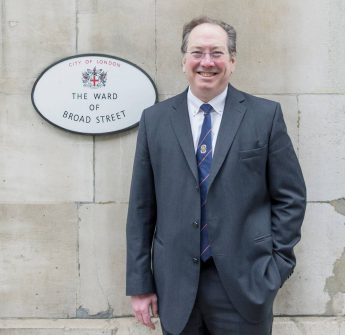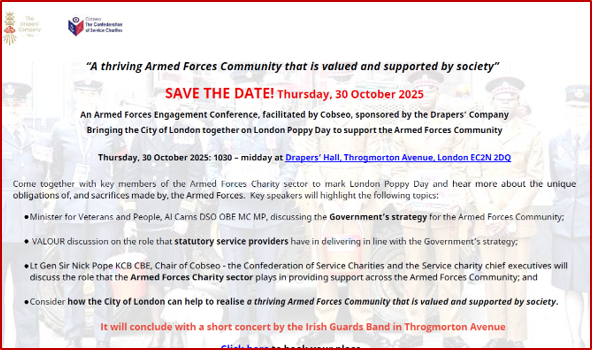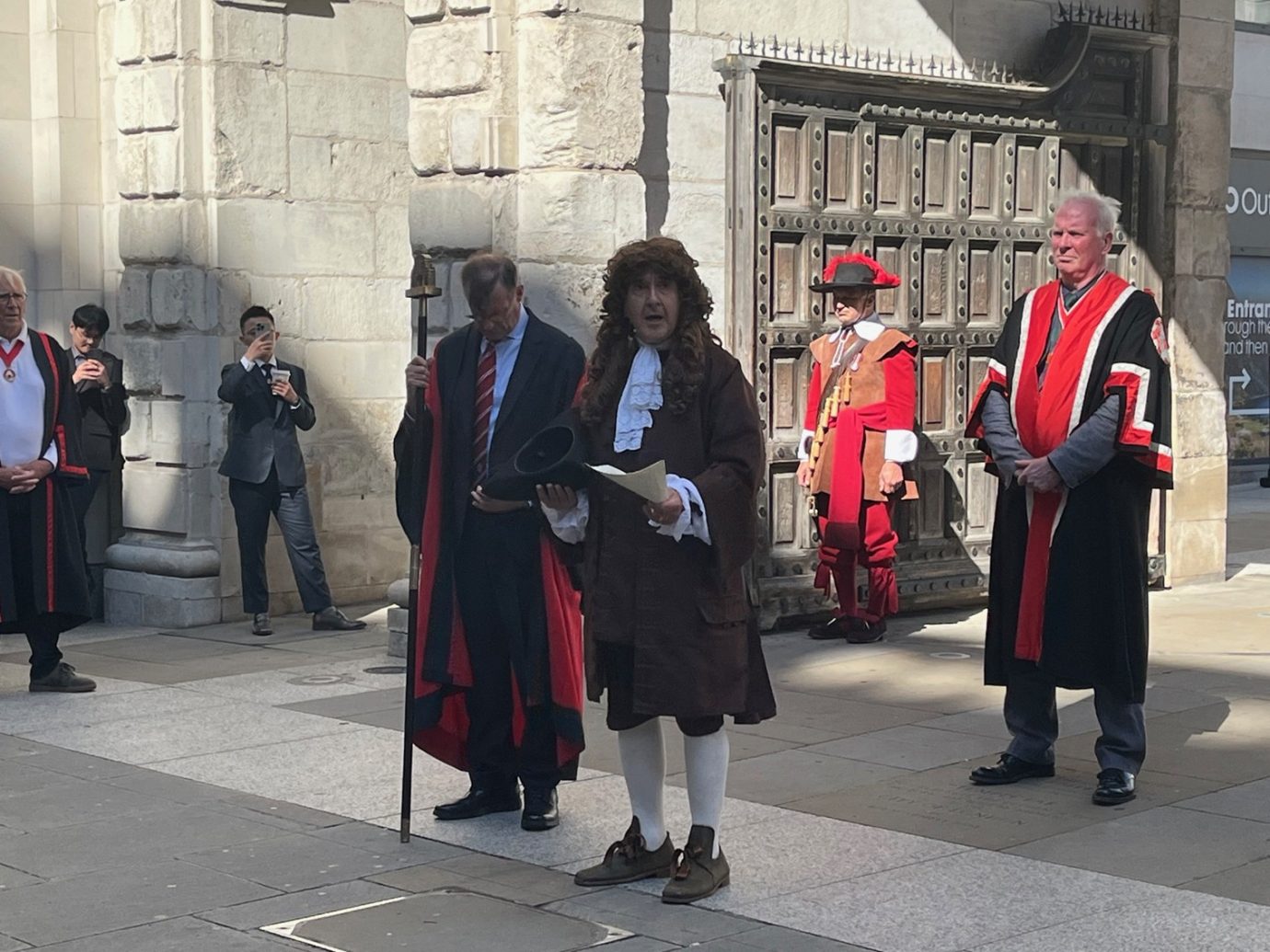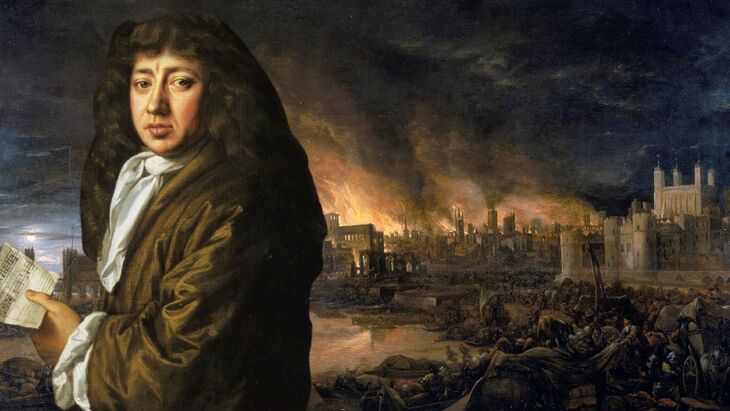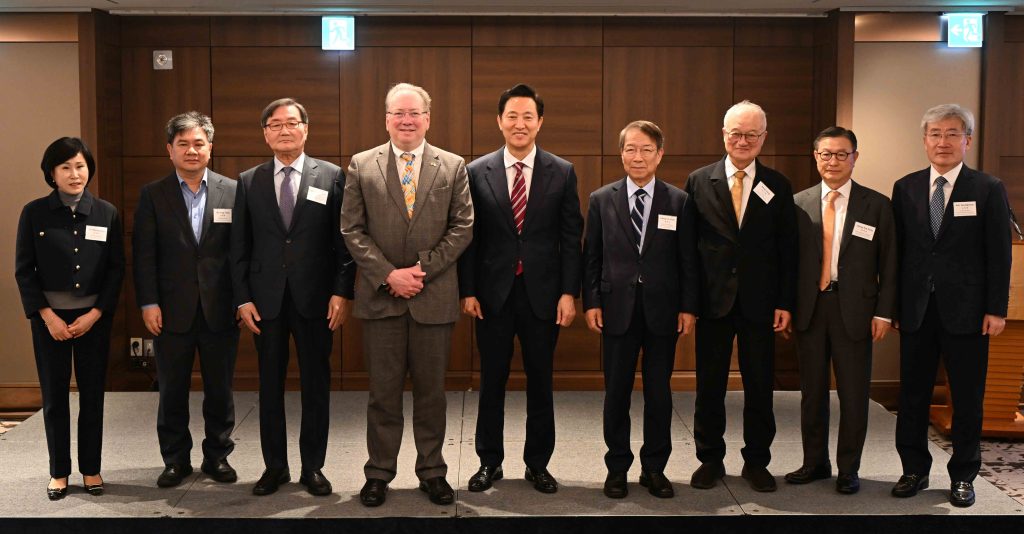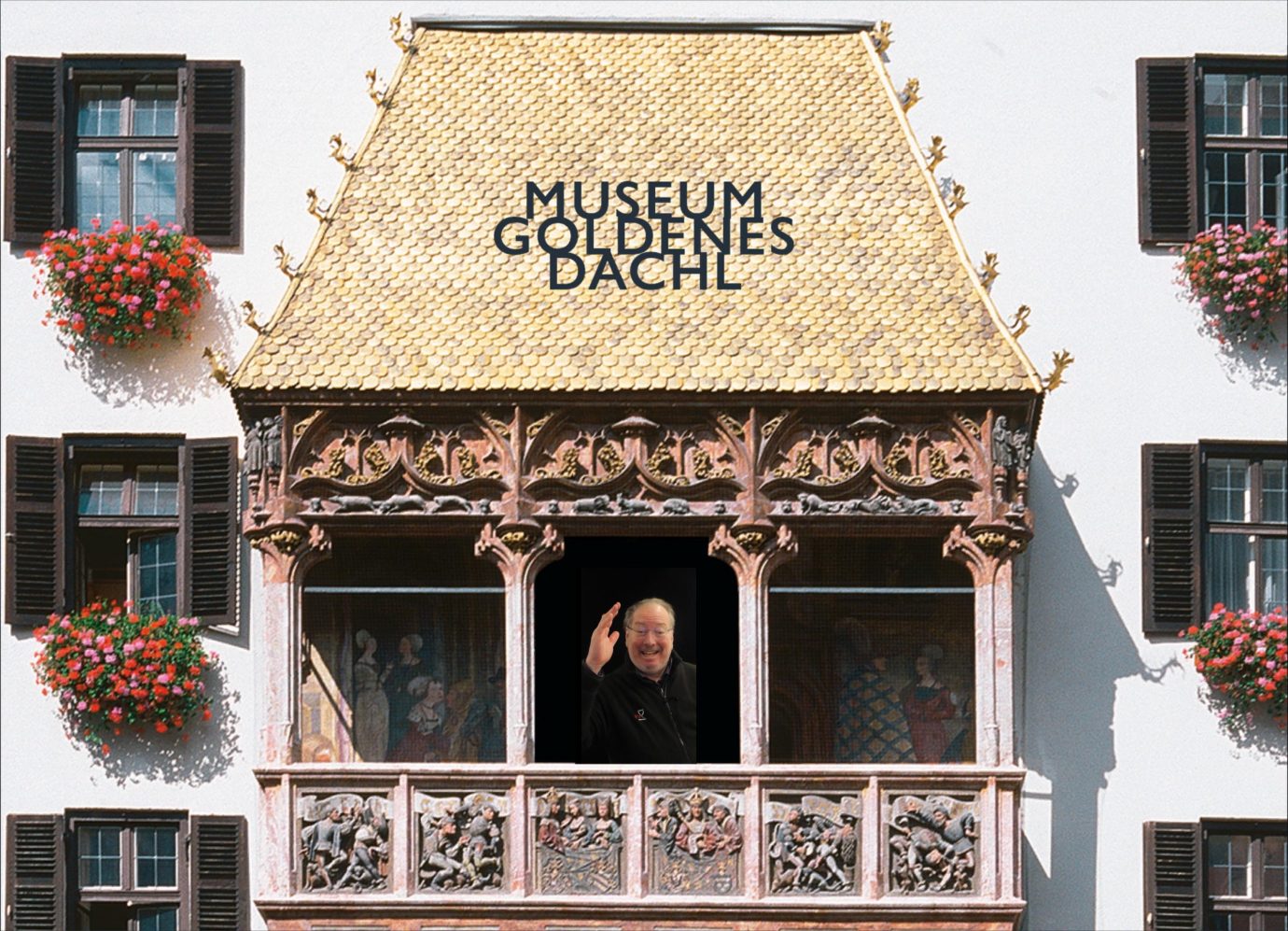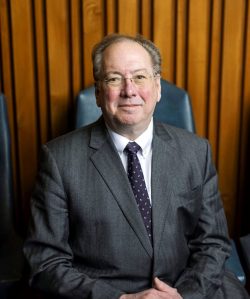“A thriving Armed Forces Community that is valued and supported by society”
An Armed Forces Engagement Conference
facilitated by Cobseo, sponsored by the Drapers’ Company
Bringing the City of London together on London Poppy Day to support the Armed Forces Community
Thursday, 30 October 2025: 1030 – midday at Drapers’ Hall, Throgmorton Avenue, London EC2N 2DQ
